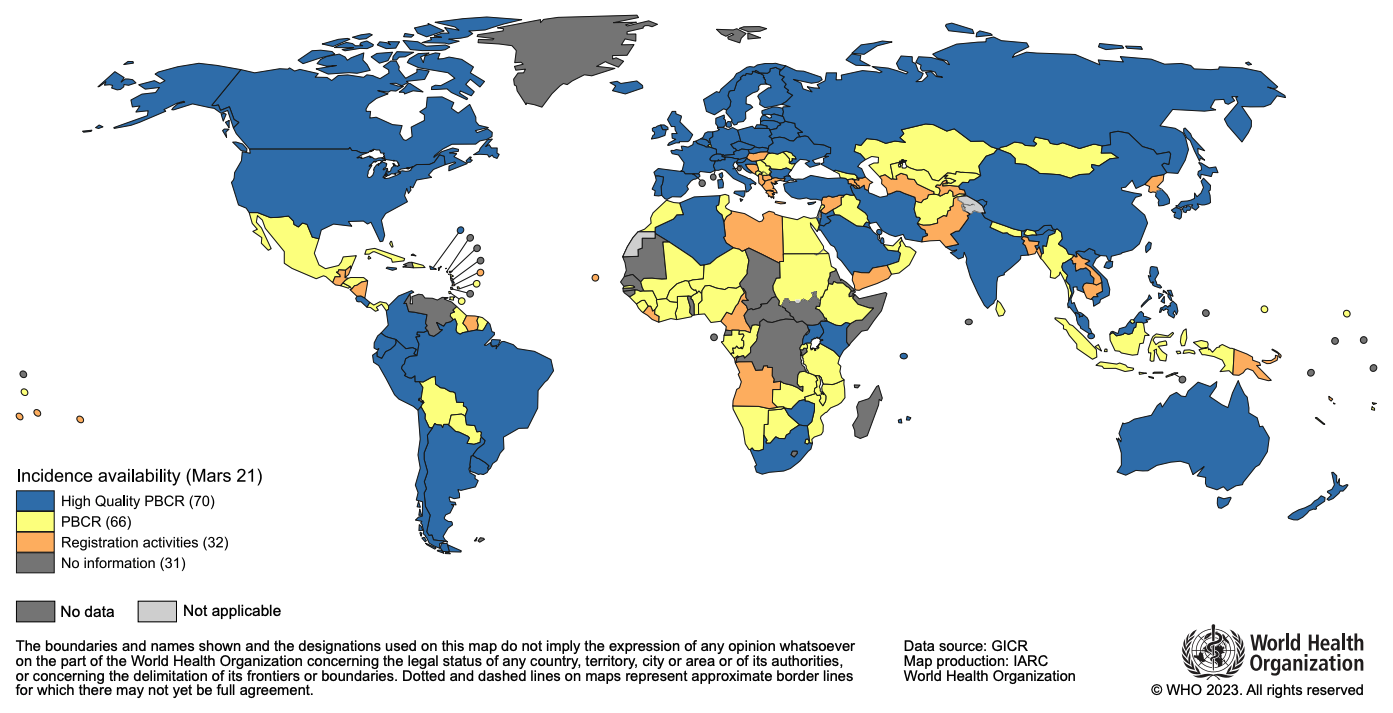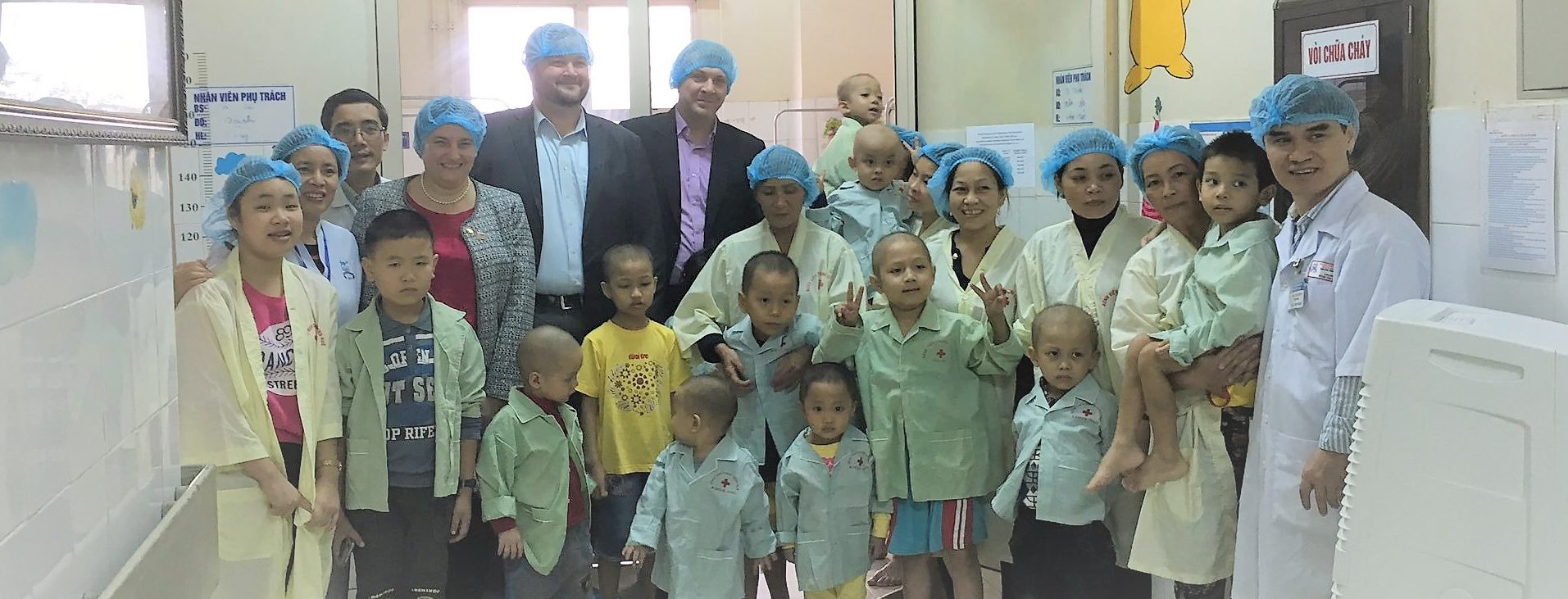Converting reliable data to information provides a way to save lives. A few examples are provided below.
Millions of people suffer from cancers that are preventable. Data are essential to know what actions are needed and which groups should be targeted.
Tailored programmes informed in this way have been shown to reduce the cancer burden, leading to healthier populations and economic savings.
Cancer incidence data, required for planning and evaluating cancer control actions, are provided by population-based cancer registries (PBCR). Click here to find out more about PBCR (English version) or click here for the Spanish version .
Only 1 in 3 countries can report high quality data incidence at present. Click here to see the global map of data availability.

Cancer care requires a specially trained medical workforce. To adequately plan for the human resources needed, information on the expected number and type of cancer patients is needed. Cancer data are also used to budget for costs of treatment and supportive care. The provision of timely, accessible high-quality care gives patients the best chance of successful outcomes.
Cancer data are used to determine whether investments work. Examples include tracking decreases in the number of new cancer cases associated with measures to reduce exposure to a known risk factor, and whether cancers are detected earlier after the introduction of an organized screening programme. Evidence of the effectiveness of cancer control actions is critical to ensure that resources are used in the best possible way and to gauge progress in expected outcomes.
A great deal of understanding about the causes of cancers has been gained through comparisons of cancer data. Examining cancer trends across populations and regions and over time yields new questions that can help explain the observed differences. Cancer data are also used in more in-depth studies to investigate potential causes.


